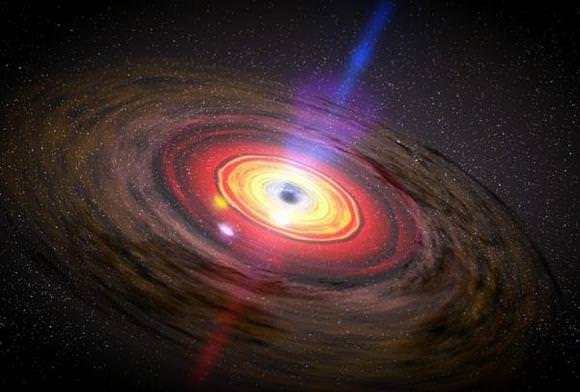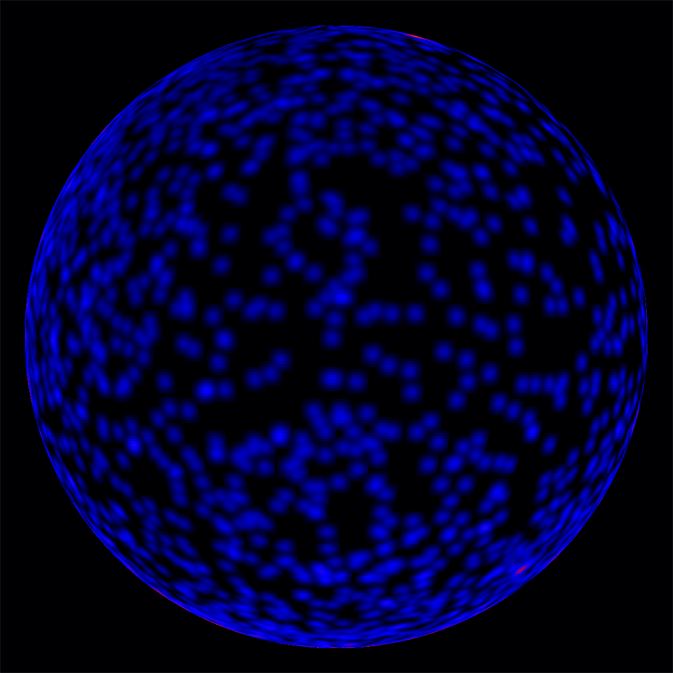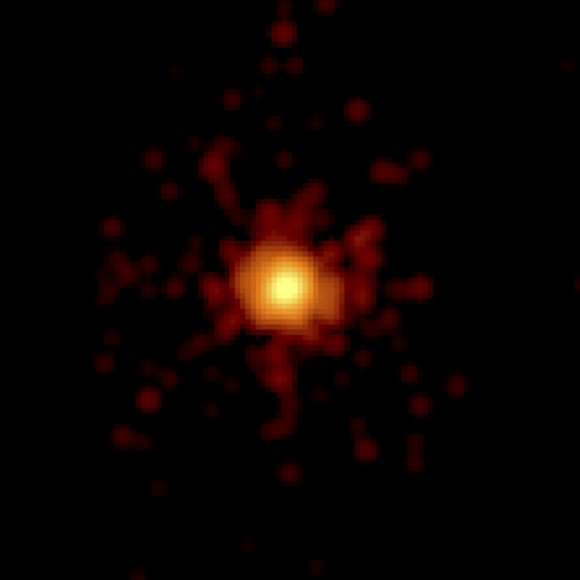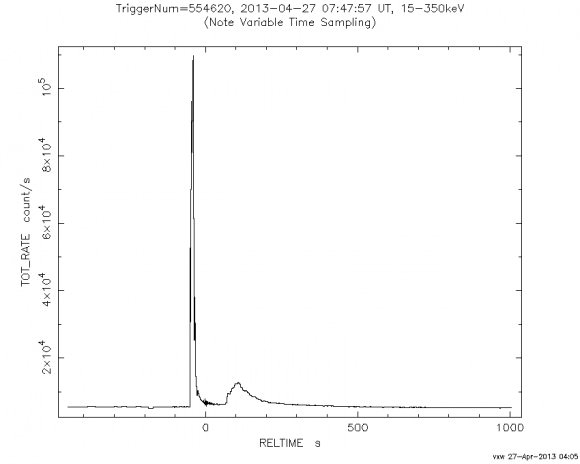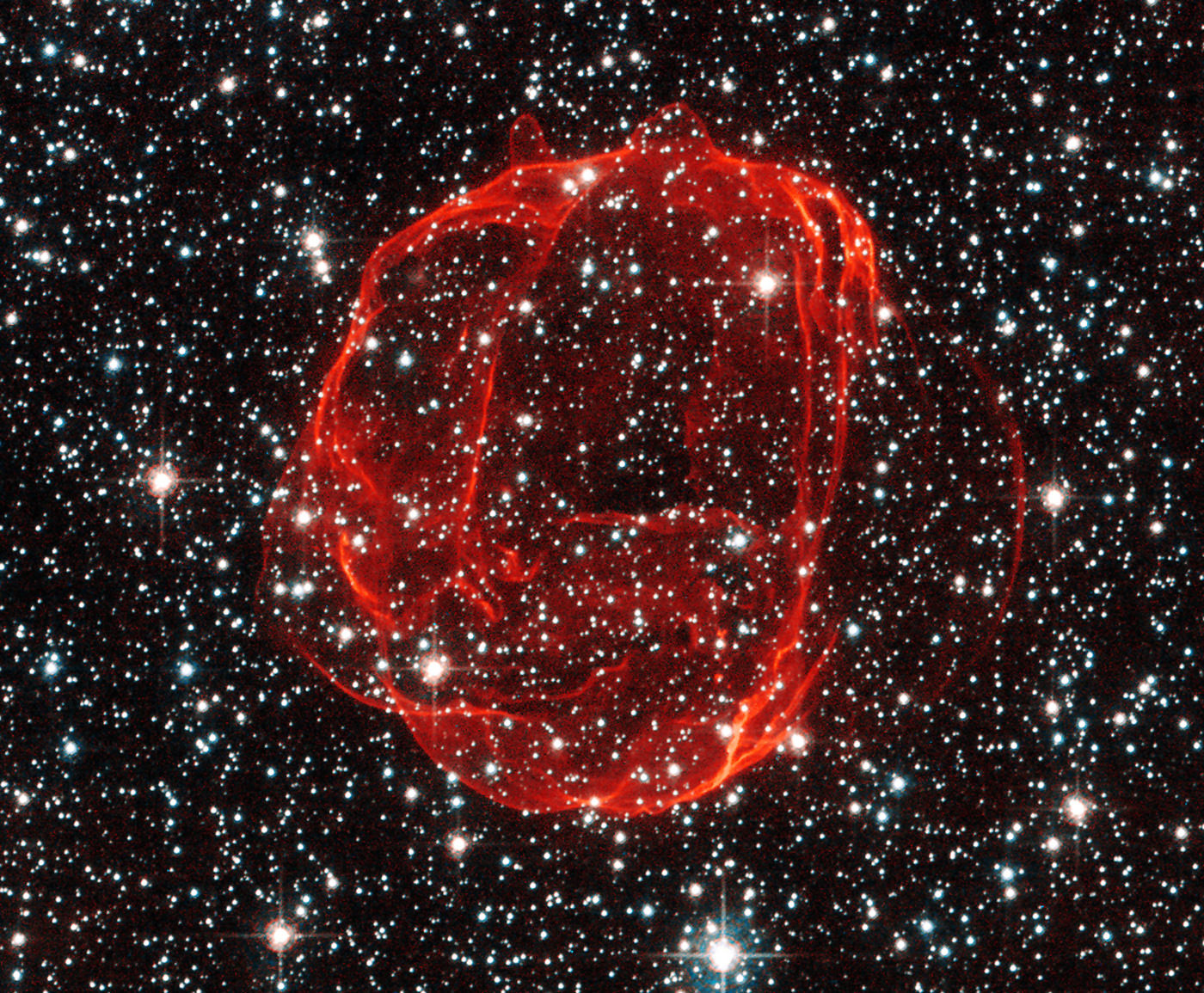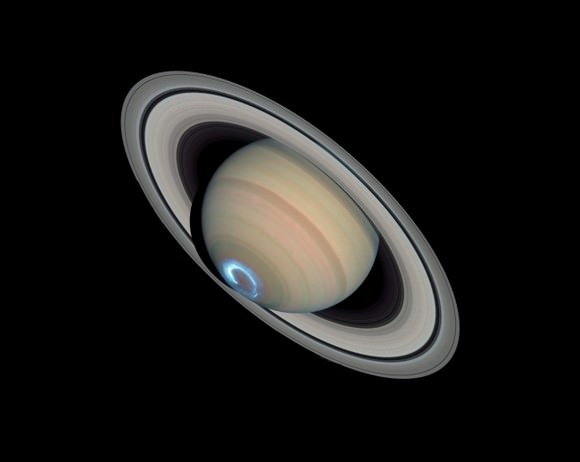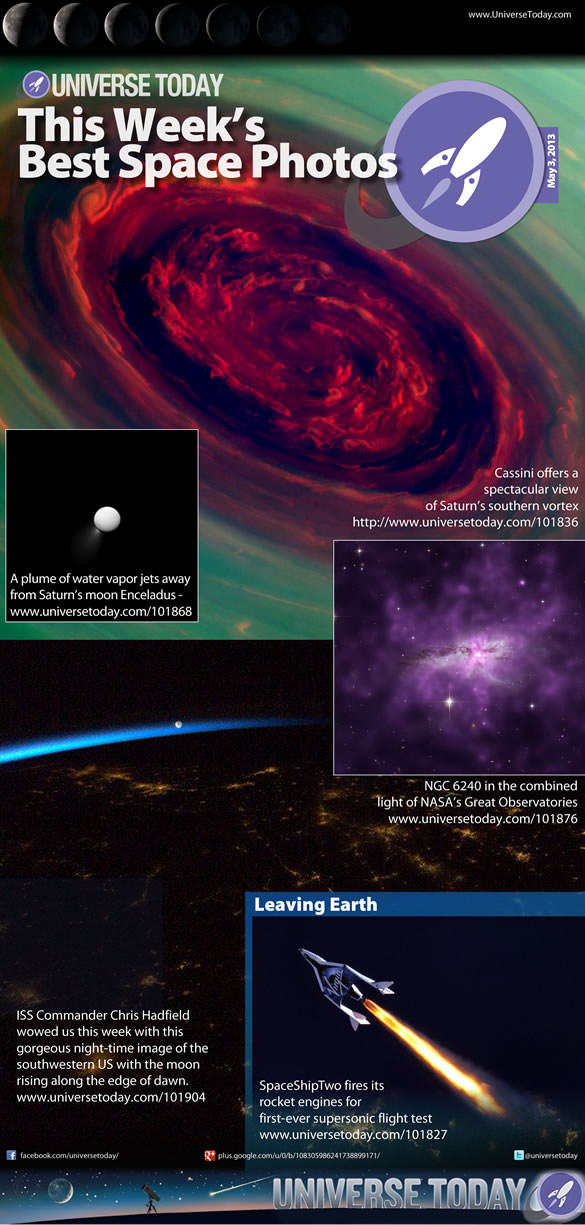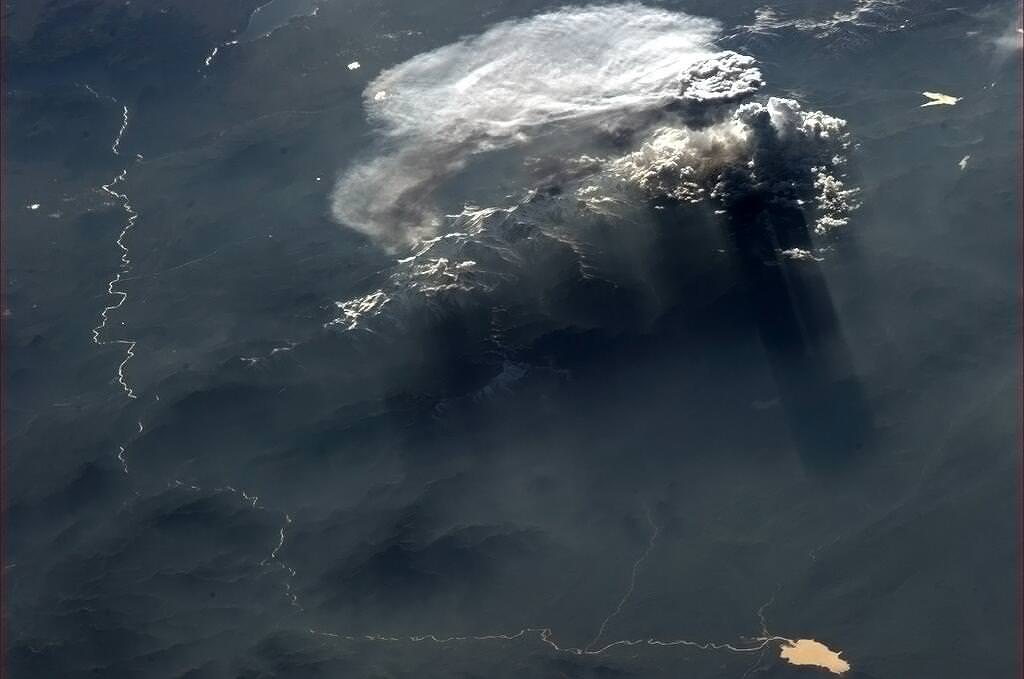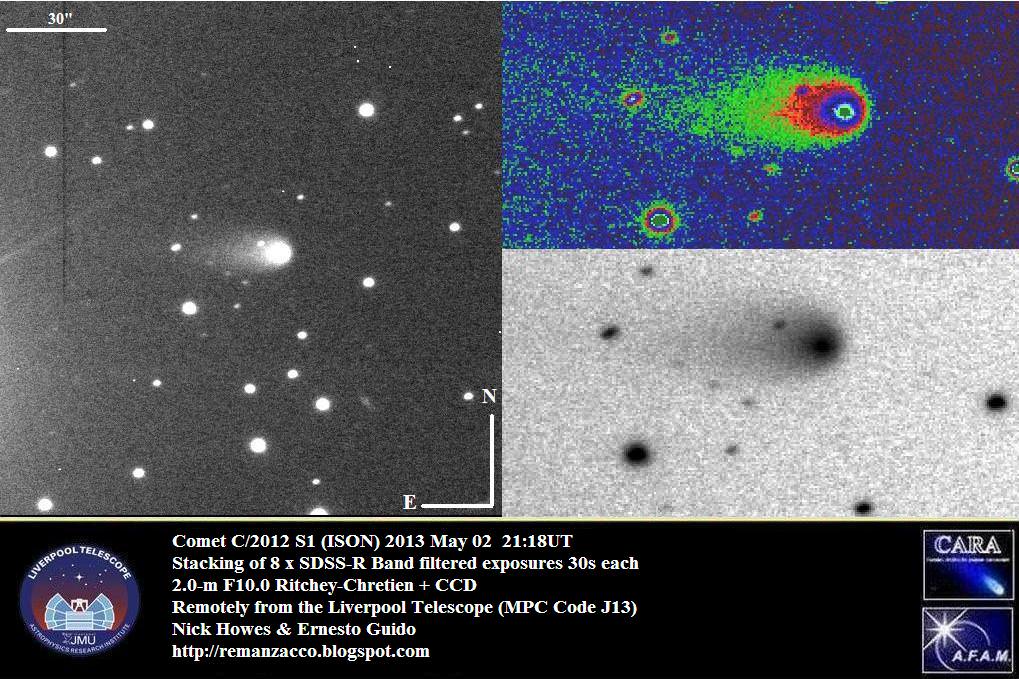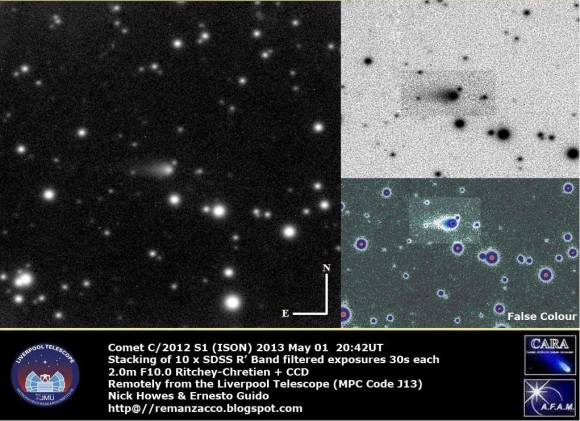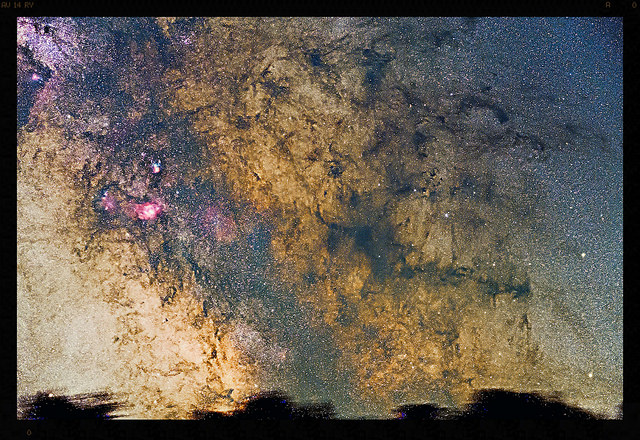A distinctive flash of light emanating from a dying star may make it possible for astronomers to watch a black hole being born, according to new research.
This burst of light, which might last three to 10 days, could be visible in optical light and also in infrared, which shows the heat signature of cosmic objects. While not as bright as a supernova — an exploding star — this signal could occur somewhere in the sky as often as once a year, according to simulations performed at the California Institute of Technology.
“That flash is going to be very bright, and it gives us the best chance for actually observing that this event occurred,” stated Caltech postdoctoral scholar Tony Piro, who led the research that is published in Astrophysical Journal Letters. “This is what you really want to look for.”
A big star essentially turns into a black hole when it falls into itself due to its large mass. The collapse shoots out protons and electrons from the core, creating neutrons and temporarily turning the core into a neutron star (a really, really dense object). This process also makes up neutrinos, which are infinitesimal but also extremely fast, moving nearly as fast as light does and bleeding the star of energy.
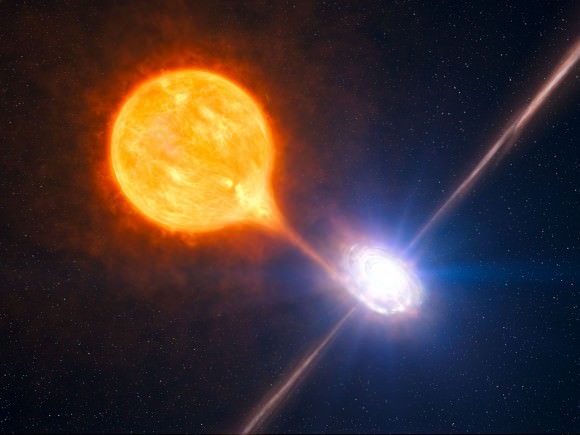
A 1980 paper, CalTech stated, showed that “this rapid loss of mass means that the gravitational strength of the dying star’s core would abruptly drop.” Hydrogen-filled layers at the top of the star would then fall outward and create a shock wave moving at more than two million miles an hour.
More recently, astronomers at the University of California, Santa Cruz discovered that the shock wave’s friction against the gas would heat up the plasma and make it glow, potentially for as long as a year. But that would be very faint from Earth-borne telescopes.
This is where the new CalTech research comes in. The university is already involved in black hole research, including the Nuclear Spectroscopic Telescope Array (NuSTAR). You can check out a video about NuSTAR below.
Piro’s simulations focus on when shock waves hit the surface of the star. It’s this process that would produce a burst of light, perhaps 10 to 100 times brighter than the other glow that astronomers foresaw.
The next step will be trying to observe these events as soon as they happen. Caltech advertised several survey possibilities related to its research: the Palomar Transient Factory, the intermediate Palomar Transient Factory that started work in February and the even more advanced Zwicky Transient Facility (ZTF) that is expected to start up in 2015.
Of course, it’s quite possible that other telescopes on the ground or orbit could work to confirm this signal.

